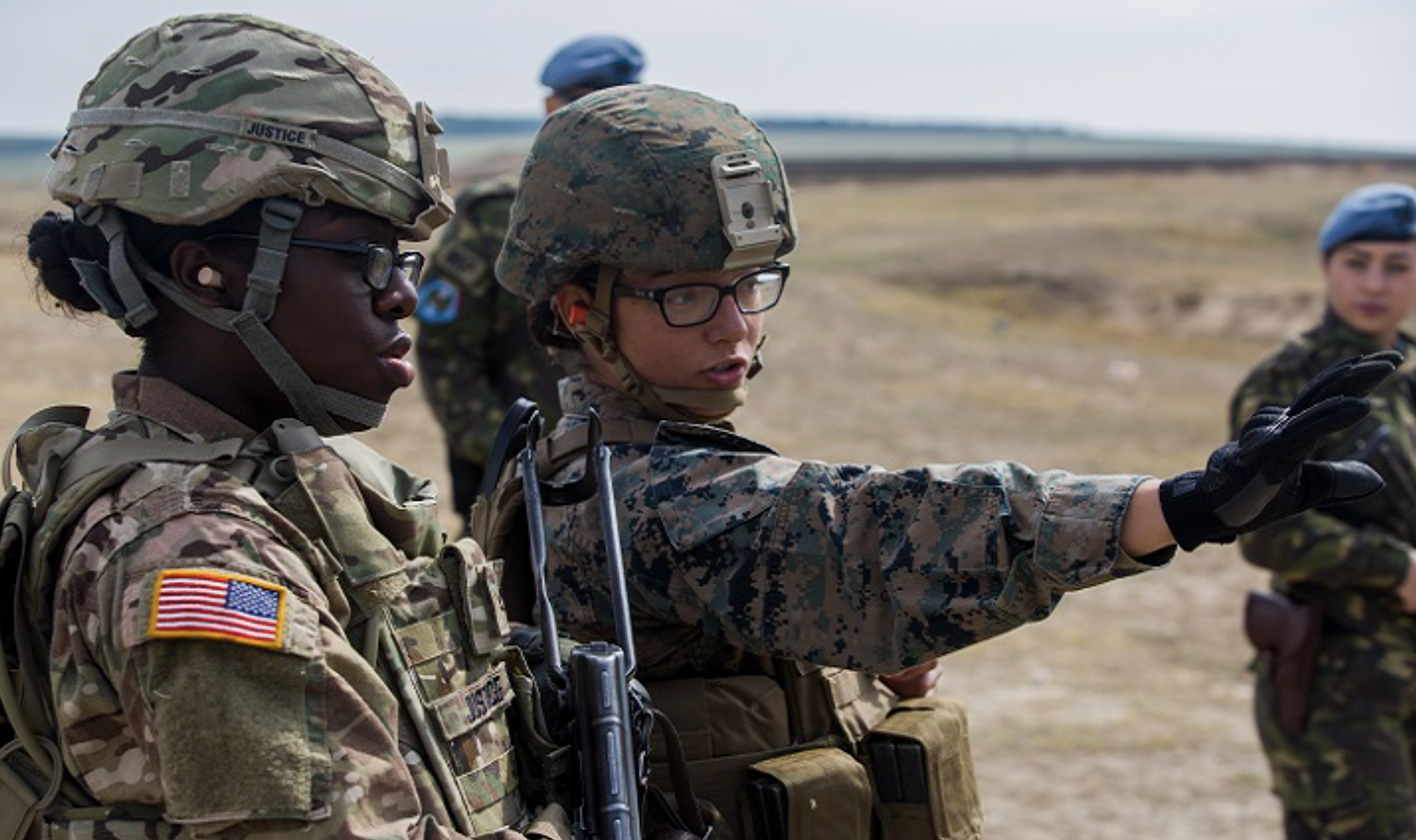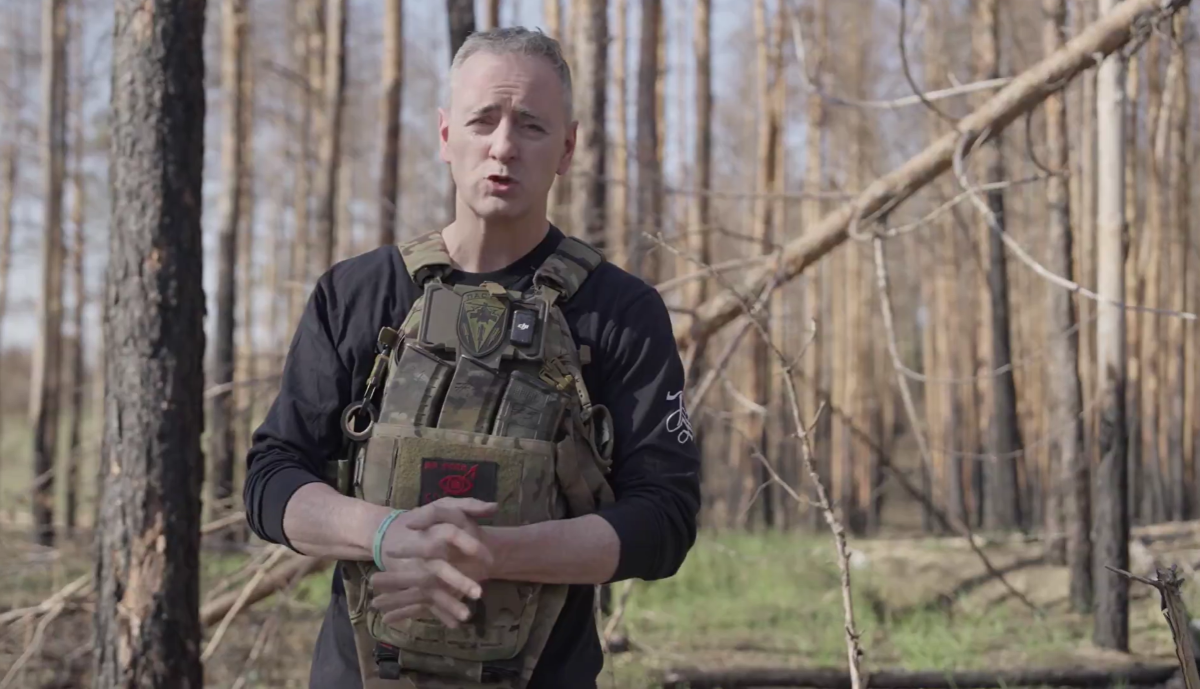China’s H-20 Stealth Bomber: A Threat to the U.S. Military or Flying Paper Tiger?
People’s Republic of China (PRC), considers it the answer to America’s advanced problems B-21 Strategic BomberThe H-20 next-generation warplane is expected to cement Beijing’s nuclear triad.
A new rendering of the “Xian” H-20 stealth bomber appeared on a widely circulated video in late January, showcasing the future of Chinese military aviation.
The PLA claims its first-ever nuclear-capable bomber will enter service within the decade, however, most information regarding the platform remains a mystery.
The “Xian” bomber was developed alongside the PLA’s other advanced avionics
In the last decade or so, China has made significant progress on the aviation front. In addition to the development and introduction of the J-20 Chengdu fighter jet, Beijing is working on the J-35 airframe and producing more advanced variants of the Russian Flanker series and the J-10. The PRC’s prioritization of creating a near-peer stealth bomber to the U.S. B-21 Raider was inevitable. Although the exact timeline is unknown, analysts believe China began working on the Xian in the early 2000’s.
In 1999, an American F-117 Nighthawk was shot down over Yugoslavia, which some experts assert Chinese officials gained access to. A few years later, a second incident involving tech-theft occurred when a Northrop Grumman design engineer was found guilty of selling intelligence regarding the U.S. B-2 Spirit’s propulsion system to the Chinese government.
By 2013, credible renderings of the H-20 bomber were published by well-known Chinese aviation expert Andreas Rupprecht. The most detailed depictions of China’s new bomber clarified that it was largely a copy-cat version of Northrop’s B-2 Spirit combined with some YF-23 characteristics.
The platform appears to sport a similar rounded upper fuselage, blended wing body, and curved upper air inlets.
The existence of the stealth bomber was not officially recognized by the Chinese government until 2016 when PLA Air Force commander General Ma Xiaotian formally revealed the program and the military’s efforts to produce a fleet of top-of-the-line long-range bombers.
What do we know about the H-20?
The Pentagon estimated that China’s new stealth bomber could potentially operate with an 8,5000km range back in its “China Military Power Report” in 2018. This extended range would theoretically allow the PLA to target previously unreachable American territories.
Although the B-2 bomber has a higher range of more than 6,500 miles, U.S. officials are concerned that the PLA could produce a “refuelable bomber that could reach initial operating capability before the long-range bomber.”
Industry experts also expect that the H-20 will feature an active electronically scanned array (AESA) radar. According to The Drive, this radar could use conformal antennas and have a primary armament of subsonic cruise missiles carried on a rotary launcher internally.
Could the H-20 bomber compete with the B-2/B-21?
The U.S. Air Force revealed its new dual-capable penetrating strike stealth fighter in late 2022. The B-21 bomber, expected to make its first flight this year, will represent the service’s arguably most sophisticated platform to date.
U.S. Defense Secretary Lloyd Austin explained that “Fifty years of advances in low-observable technology have gone into this aircraft,” making it perhaps the most formidable bomber to patrol the skies in the near future. In addition to the entry of the B-21 into service, the Air Force’s existing fleet of B-2 bombers is being outfitted with advanced capabilities that almost make it unrecognizable to the 1980’s version of the platform.
While the introduction of the H-20 bomber will elevate China’s avionics strength, it may not embody the doomsday label the PLA touts.
MORE: B-21 Raider: China Should Fear America’s New Stealth Bomber
MORE: H-20: China Is Building a New Stealth Bomber
MORE: Is Russia’s Su-57 Felon Stealth Fighter a Total Bust?
Maya Carlin is a Middle East Defense Editor with 19FortyFive. She is also an analyst with the Center for Security
" Conservative News Daily does not always share or support the views and opinions expressed here; they are just those of the writer."






Now loading...